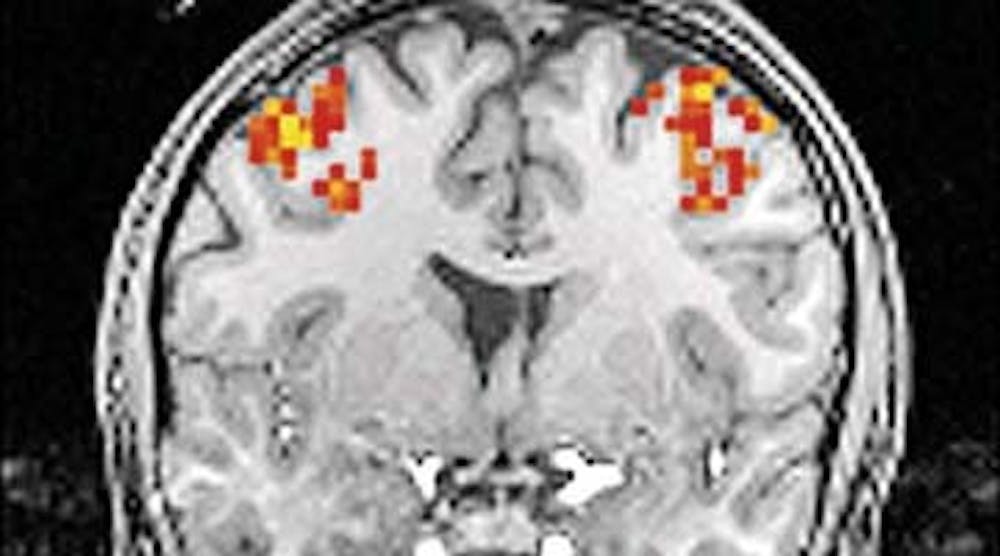
One Psychology class has students peering deep into their minds.
No, it's not divination. It's Psychology assistant professor Amishi Jha's study about how the brain perceives reality.
It's not your average science class, though.
Instead of reading about psychological studies in textbooks, students design experiments on their own and head to the functional magnetic resonance imaging lab to conduct them.
Functional magnetic resonance imaging - or fMRI, as it is more commonly known - measures the flow of blood to the brain in response to neural activity in the brain or spinal cord.
The test can help demonstrate how certain emotions affect the brain. In one experiment that questioned the neural basis of empathy, students viewed a video that showed the faces of people who were experiencing pain. They were told that some people in the video were actors.
Using fMRI scans, students discovered that the subjects' brains actually responded with varying degrees of empathy, depending on whether or not they believed they were viewing actual pain.
"We run the gamut of science, from the theoretical physics to the human aspect," Jha said.
The technology itself wasn't the focal point for all students, though.
"I don't think it was necessarily that different from other psych research classs I've taken", said College senior Katrina Fincher, who had taken three or four research-oriented classes in psychology.
She said her biggest take-away was how to "develop an experimental paradigm."
Still, she added that "conceptually, it was really cool that we got to do some imaging," even if teaching assistants got to do most of the button-pressing during the experiments.
Jha starts the class each spring by helping students understand the physics behind the technology and reviews what statistical tools are needed to extract meaningful conclusions from the data they gather.
"It requires many different areas of expertise -- physics, statistics, anatomy and neuroscience," Jha added.
Swarthmore College senior Ranga Atapattu, who took the course last semester, said she plans to go into brain imaging after graduation.
"I feel like imaging is one of the frontiers of both psychology and neuroscience," she said, adding that the class was unlike any she had ever taken.
For students, such an opportunity is not easy to come by.
Jha said that the only other school she knows that uses such technology in a course setting is Duke University.
She also commented that the use of technology in the classroom need not be limited to fMRI.
"Any technology in modern neuroscience would be very interesting to study . you find out what the technology is capable of doing," she added.
The Daily Pennsylvanian is an independent, student-run newspaper. Please consider making a donation to support the coverage that shapes the University. Your generosity ensures a future of strong journalism at Penn.
DonatePlease note All comments are eligible for publication in The Daily Pennsylvanian.







